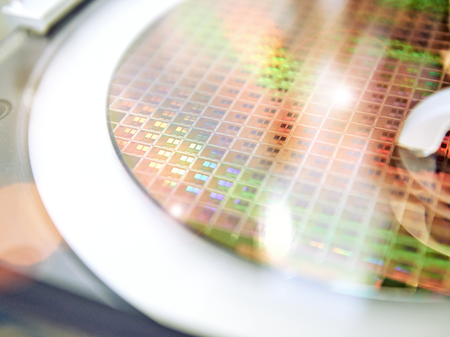Determining the fracture strength of thin films is particularly difficult because it is not possible to use classical mechanics approaches. In general, a material deposited in a thin film has different mechanical properties than the same material in the bulk. In this project, we developed a method to determine the fracture strength of thin films by using notched double clamp bars (DCBs) exposed to thermally induced stresses.
During processing, components undergo thermal stresses due to the difference in the Coefficient of Thermal Expansion (CTE) of their materials. When temperature changes, materials tend to expand or shrink and the correlation between the amount of deformation and the temperature difference is summarized in this coefficient. If a part is made of different materials, when temperature changes, the materials deform differently, giving rise to internal stresses. When the stress exceeds a certain strength threshold of the material, the component breaks. In the case of brittle materials, this threshold cannot be clearly defined: It scatters around an average value that increases with decreasing sample dimensions. In fact, failure usually initiates from small defects in the microscopic material structure, i.e. it is the failure of a microscopic weak point which triggers the macroscopic fracture (weakest-link-mechanism). In this sense, larger samples have a bigger probability of containing an even weaker spot. The stochastic behavior of the fracture probability can be described well with a probability density function, such as a Weibull distribution.
The developed method to determine fracture strength for thin-film materials is the following: First of all, different DCBs are designed, which are expected to develop different stresses when exposed to temperature variations. In particular, beams of different length and width and notches of different size and shape located in the middle section of the beams are used. The maximum stress in this type of structures is localized at the notch tip (where the crack is usually initiated) and its intensity is directly proportional to the notch sharpness. Different materials are also used to manufacture the DCBs, to test the material dependence of the fracture strength and of the failure probability. Hundreds of DCBs of different types are then exposed to a strong temperature variation and all the structures are inspected to assess the failure (crack / no-crack). At the same time, finite element method (FEM) simulations of the same thin film structures are performed and the maximum stress at the notch tip is evaluated. The failure probability of each DCB type is then calculated and correlated with the maximum stress in that structure calculated with FEM simulations. Here the surface area stress integral is used as a better estimation of the stress experienced by the material not in a point, but in the region close to the notch. The failure probability as a function of this stress is well represented by a Weibull distribution.
Impact and effects
The method can be used as a process control monitor (PCM), in order to evaluate process induced variations in the intrinsic stress or the strength of the thin-film material, based on the failure probability of a set of DCBs of the same material, positioned as probes on the wafer. The method requires the capability of generating Finite Element Models of the DCBs and manufacturing capabilities of the structures by the cooperating parties.












